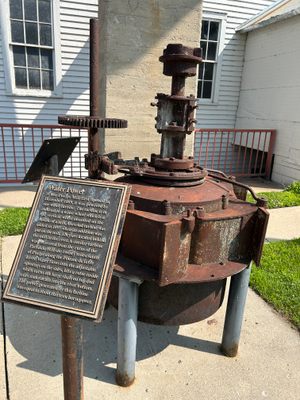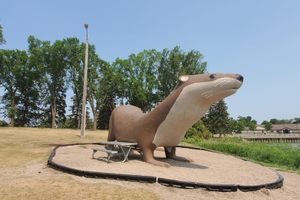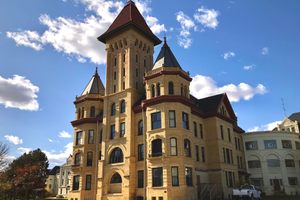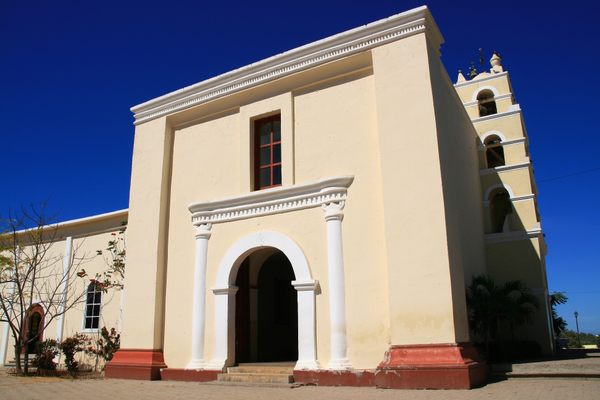About
A push for flour milling in the 1880s made Minneapolis the "Flour Milling Capital of the World" for nearly 50 years. Today, Phelps Mill offers a unique glimpse into the agricultural and industrial history of rural Minnesota.
The mill was built in 1889 to meet the growing demand for flour. Transporting wheat to mills was often unaffordable or impractical, giving rise to hundreds of mills throughout rural Minnesota. Phelps Mill is unique in two ways: First, the mill used a metal water turbine instead of the more familiar vertical water wheel often associated with 19th-century mills. Phelps Mill ultimately boasted two water turbines as the mill was expanded to meet increasing demand. The second is that the mill was one of the first to use roller mill technology, invented only a decade earlier in Budapest, Hungary.
Phelps Mill ceased operations in 1939, as water-powered mills were replaced by those running on more efficient means such as steam or electricity. In 1965, Otter Tail County purchased and restored the mill, including it in a new park along the banks of the Otter Tail River. The mill is well preserved, with most of the original equipment still intact.
Related Tags
Know Before You Go
The mill is open to the public daily from May 1st to October 31st, 9 a.m. - 6 p.m..
Community Contributors
Added By
Published
August 5, 2024




























